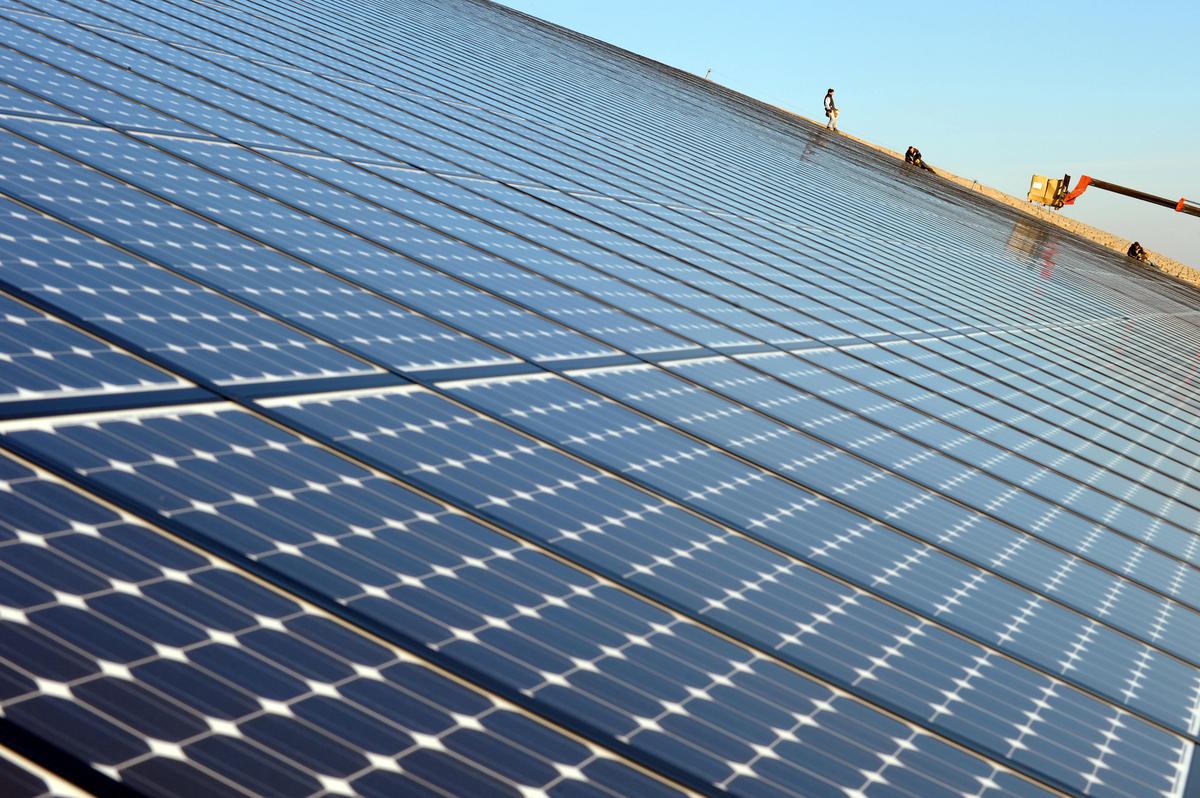Solar Battery: The tender for the installation of 500 MW/1000 MWh Standalone Battery Energy Storage Systems has been published by the Solar Energy Corporation of India Limited (SECI), a public sector agency under the Ministry of New and Renewable Energy (BESS). It is a first–of–its–kind tender in the country, and it will provide storage facilities to power distribution firms on an “on-demand” basis.
The tender is the first step toward the government’s immediate goal of installing 4000 MWh of battery storage capacity to help the national grid absorb more renewable energy. The Ministry of Power (MoP) has recommended that in 2029–30, a battery energy storage capacity of 27,000 MW/108,000 MWh (4–hour storage) be included in the installed capacity.
Batteries that may be charged by solar energy
A BESS system consists of batteries that may be charged by solar energy throughout the day and then used in the evening or night. Because coal plants now meet evening power demand, combining a battery system with a solar power plant will reduce reliance on coal and allow for more renewable energy to be delivered to households and businesses.
India has committed to a target of 500 GW (gigawatts) of renewable energy (RE) capacity by 2030, as part of Prime Minister Narendra Modi’s promises at the United Nations Conference of Parties in Glasgow last year. This is dependent on solar–BESS.
“By 2040, India is expected to have over 140 GW of battery storage, the most of any country, according to the International Energy Agency (IEA).” India will require 27 GW of grid-connected BESS by 2030, according to the government. According to the Observer Research Foundation, “a more recent academic study suggests that India will require 63GW/252 GWh (gigawatt hour) BESS to fulfill the objective of 500 GW of solar energy generation capacity.”
While the BESS systems have aided in the provision of power during coal-fired plant outages, they have also been engaged in mishaps and fire concerns. Analysts also believe that because they rely mostly on lithium-ion batteries, they could be costly to install on a wide scale in India.
The SECI tender calls for a capacity of 1000 MWh (500 MW x 2 hours), divided into two projects of 500 MWh (250 MW x 2 hours) each, to be installed near the Fatehgarh-III Grid–Substation in Rajasthan.
Substantial support for market development
The SECI will buy 60% of the capacity installed under the tender on behalf of power purchasing companies, while the remaining 40% can be sold by project developers through third-party or market sales. “As a result, the government provides major support for market development in the energy storage domain through this procurement,” according to a press release.
The system must be available for two operational cycles or two complete charge-discharge cycles every day, according to the creator. A successful project should be able to provide electricity at least 95% of the time each year. The initiatives would last 12 years, according to the memo.

